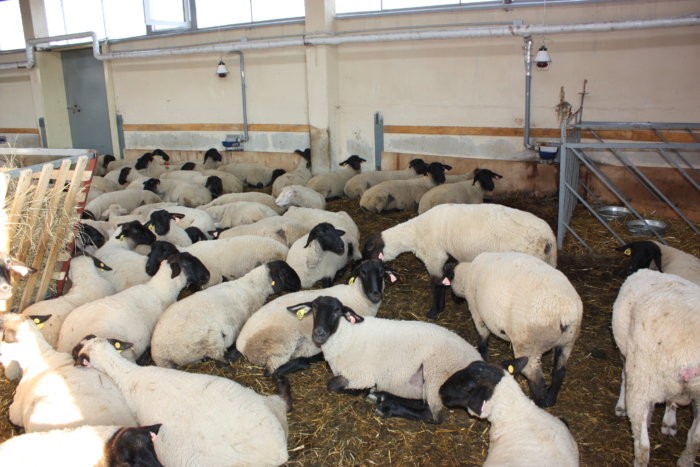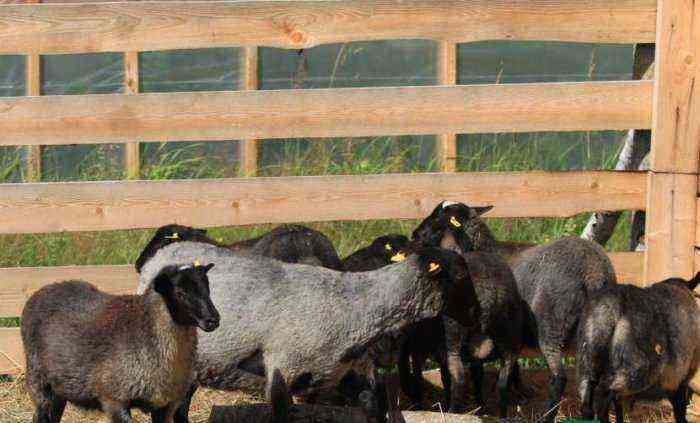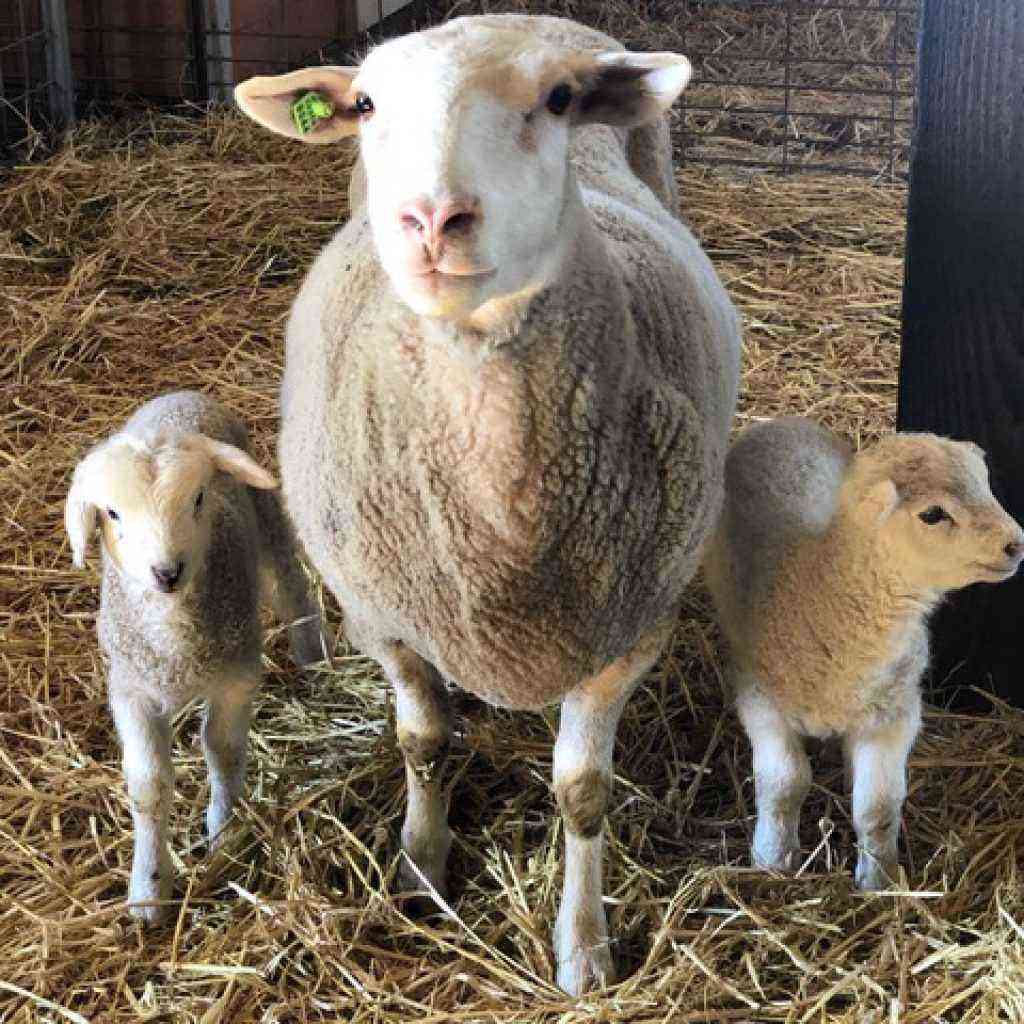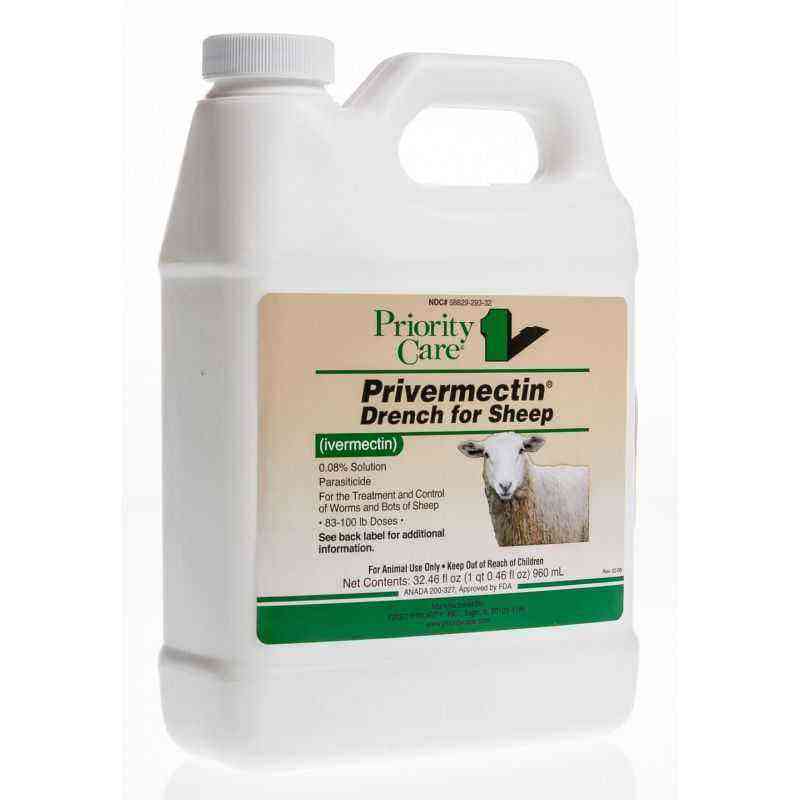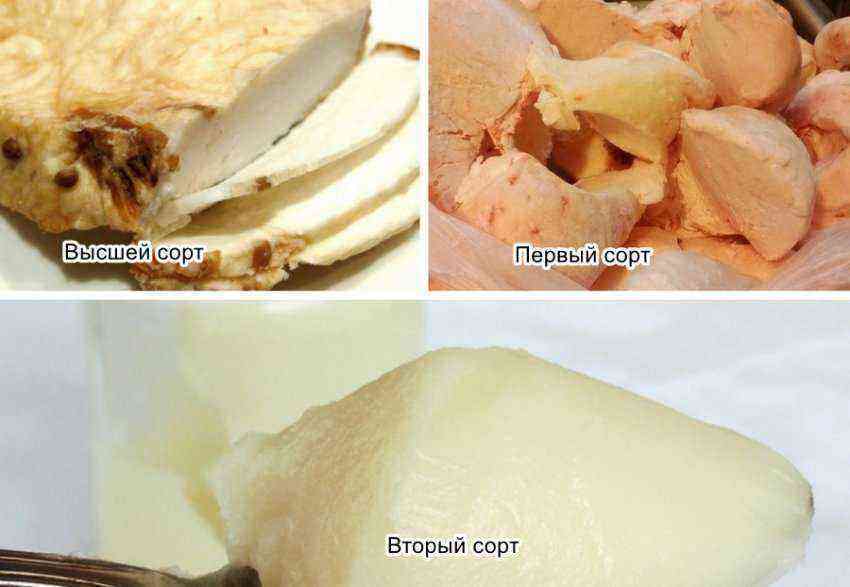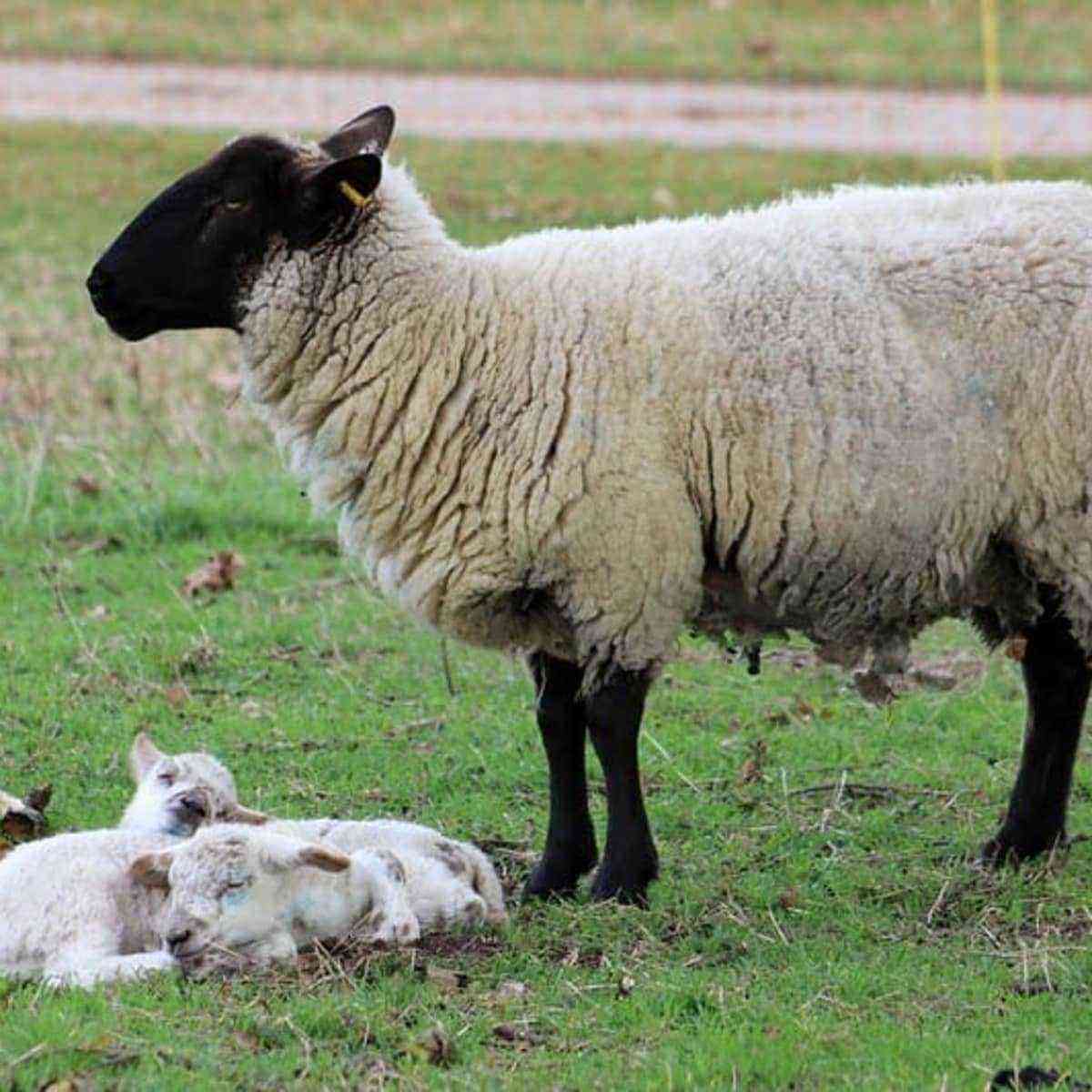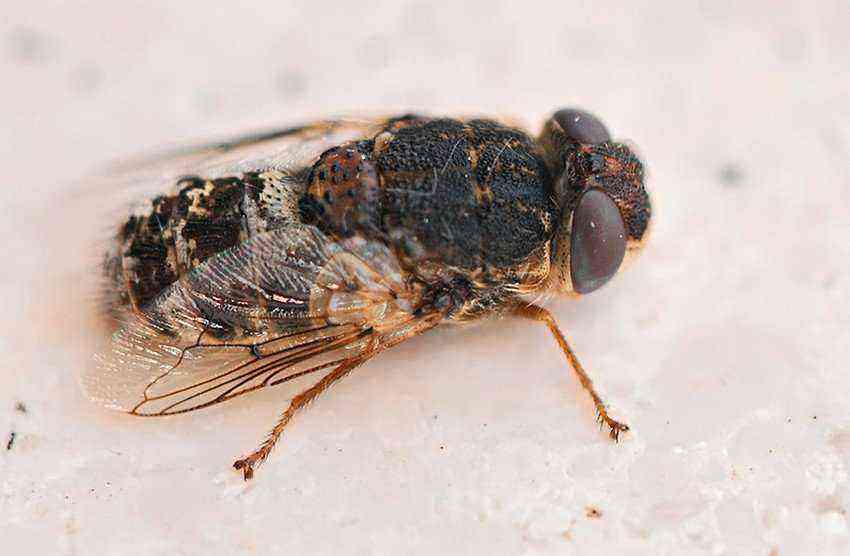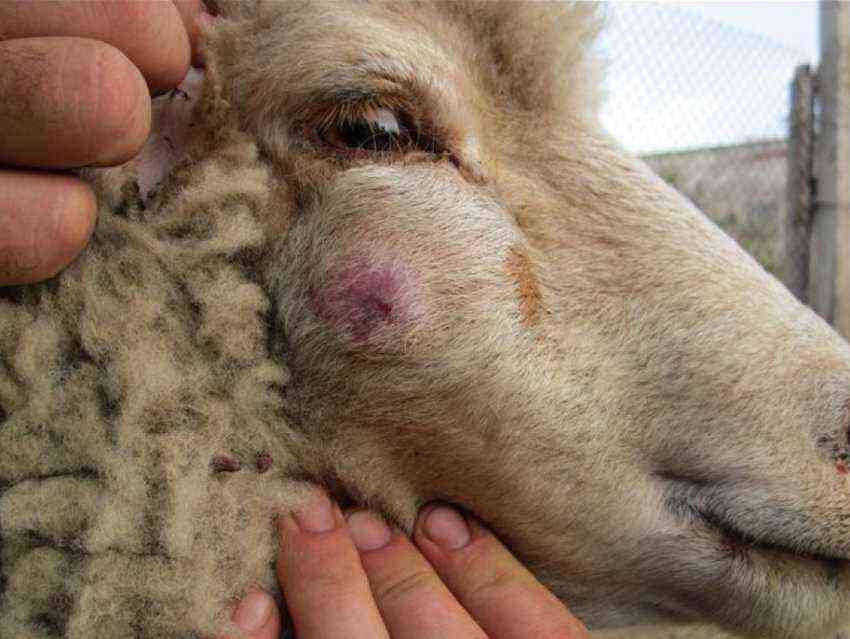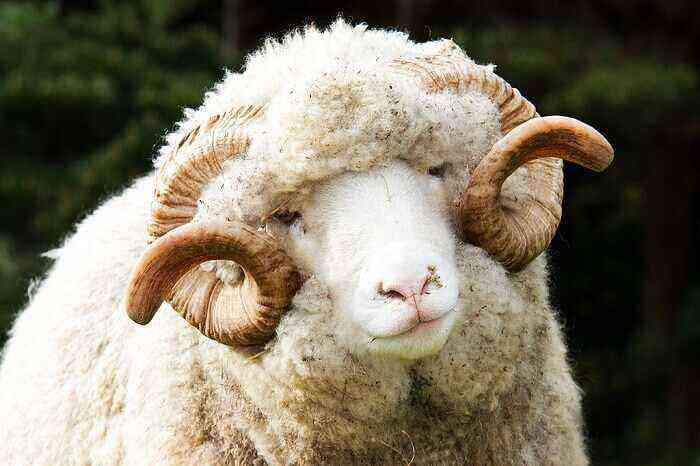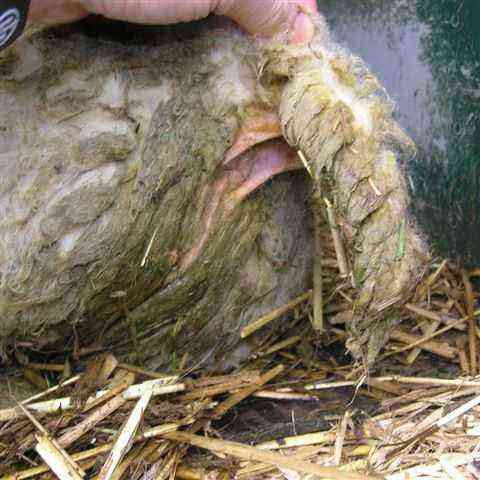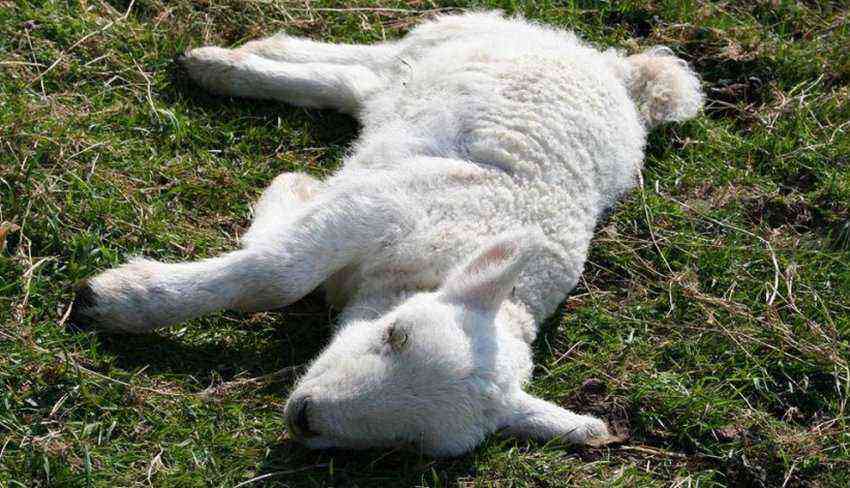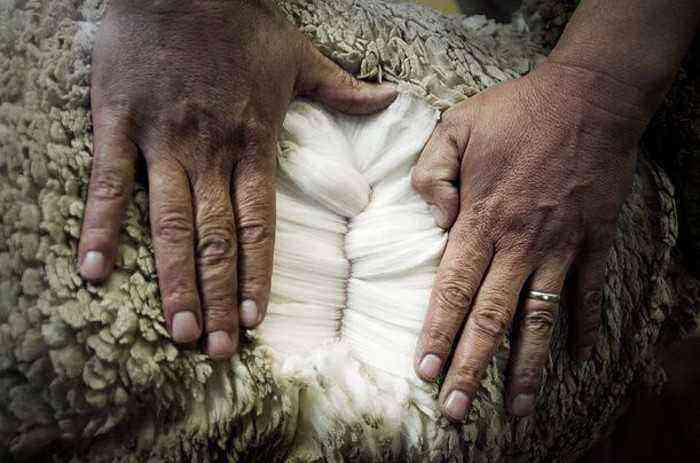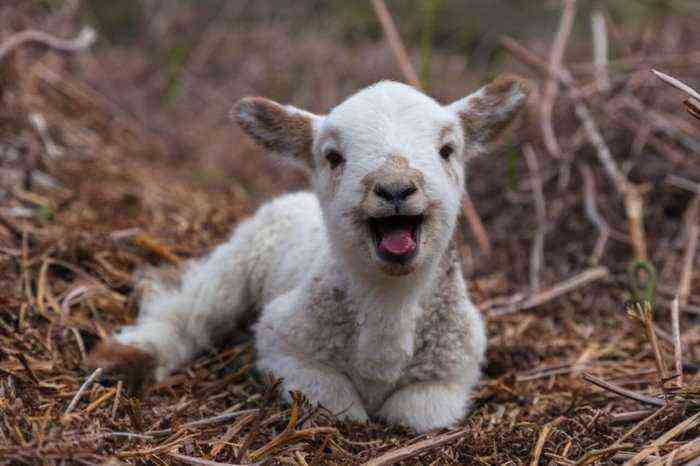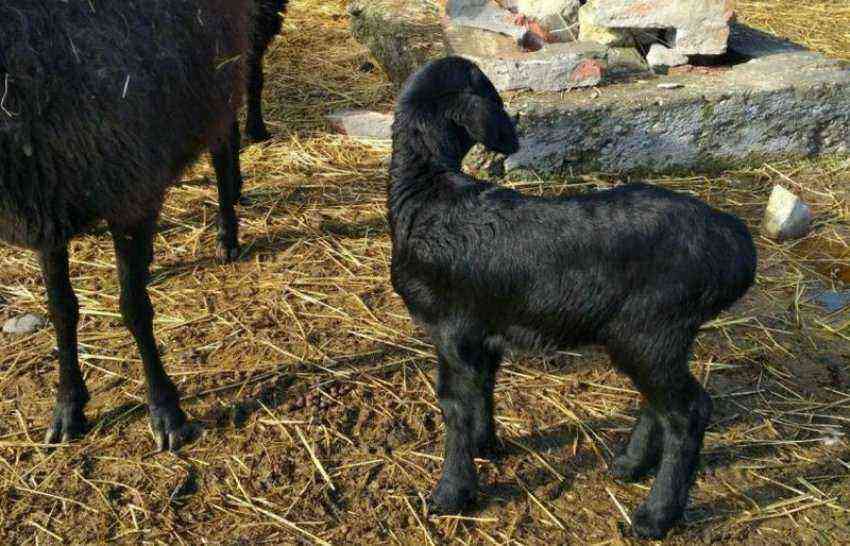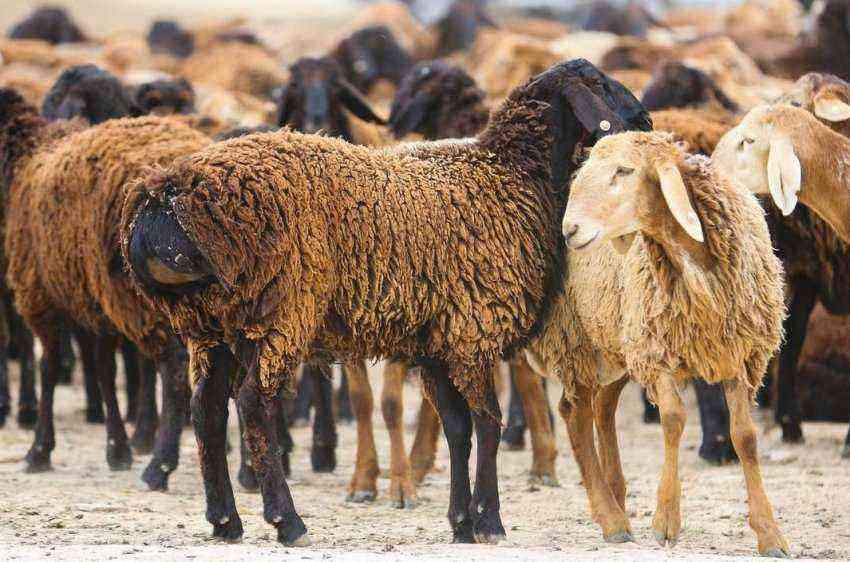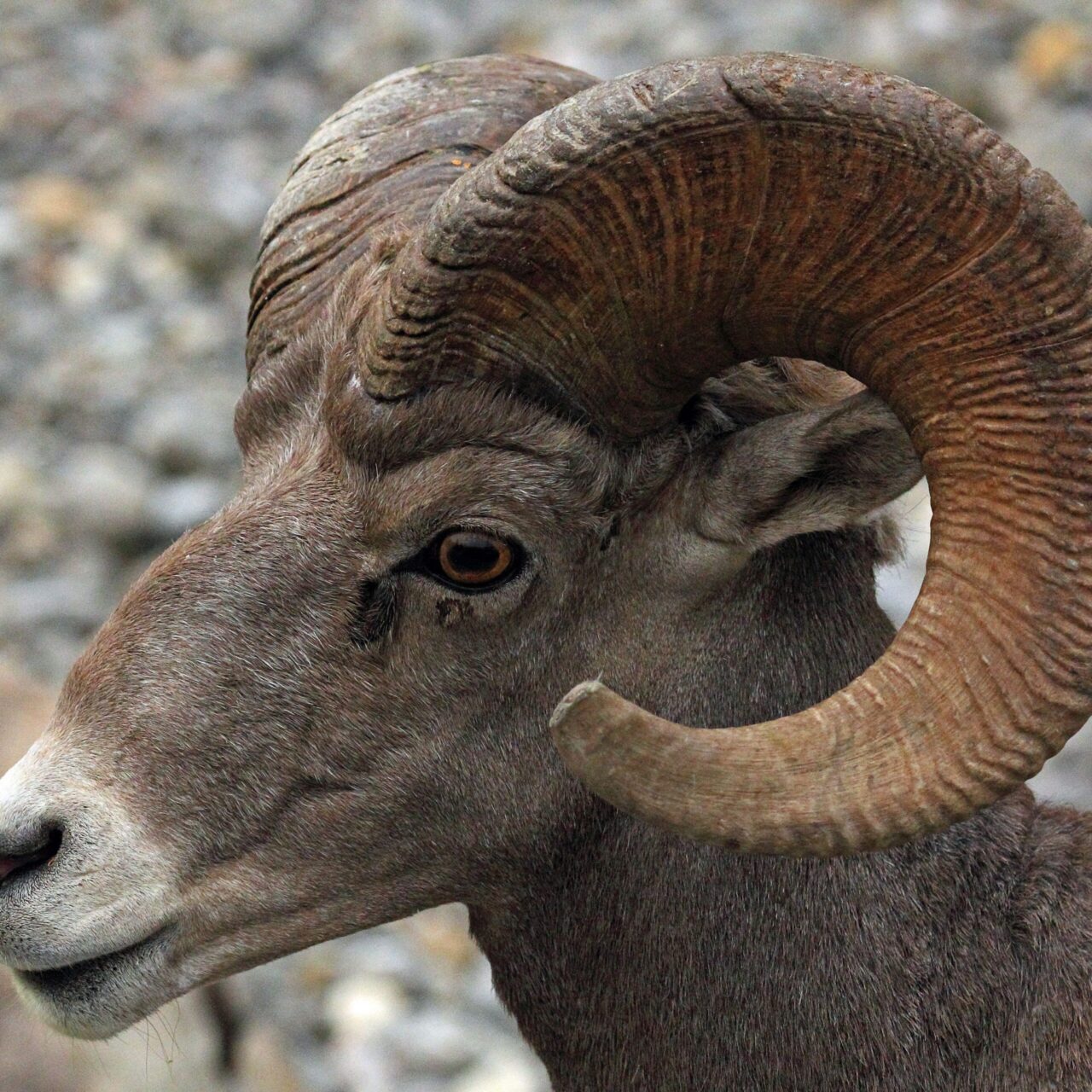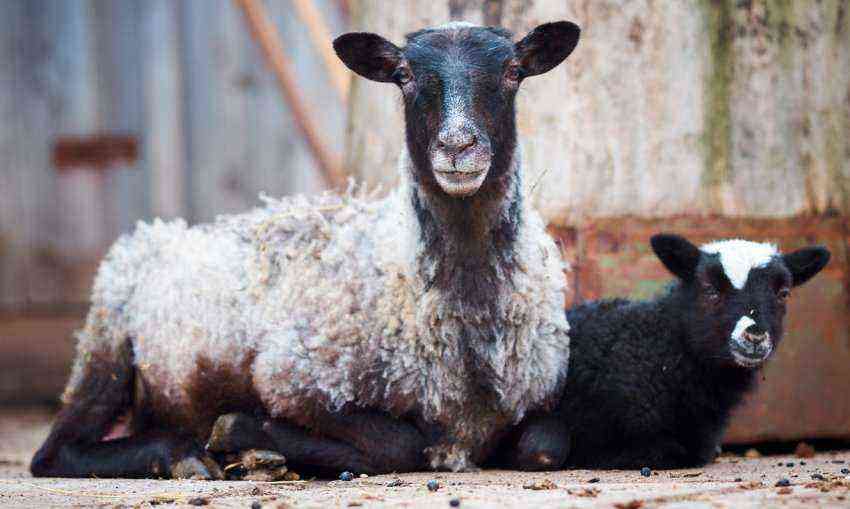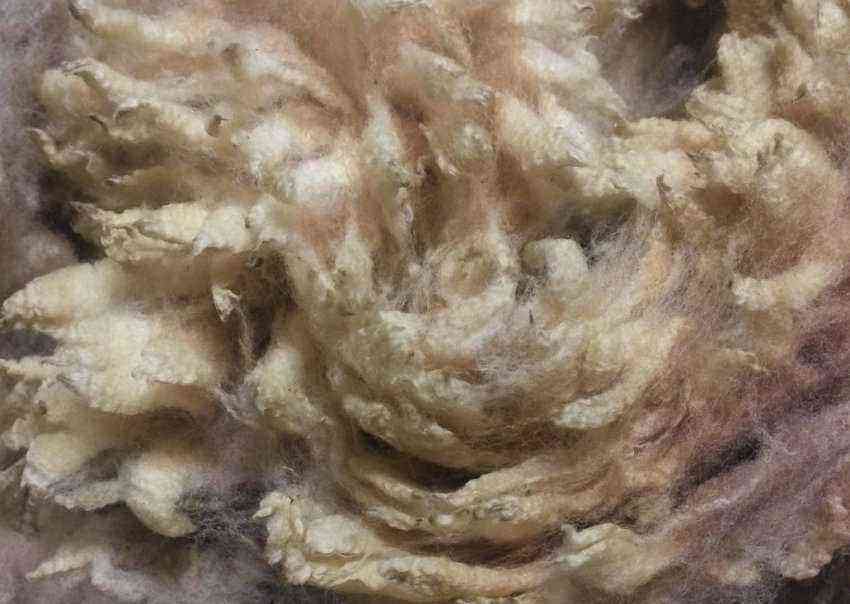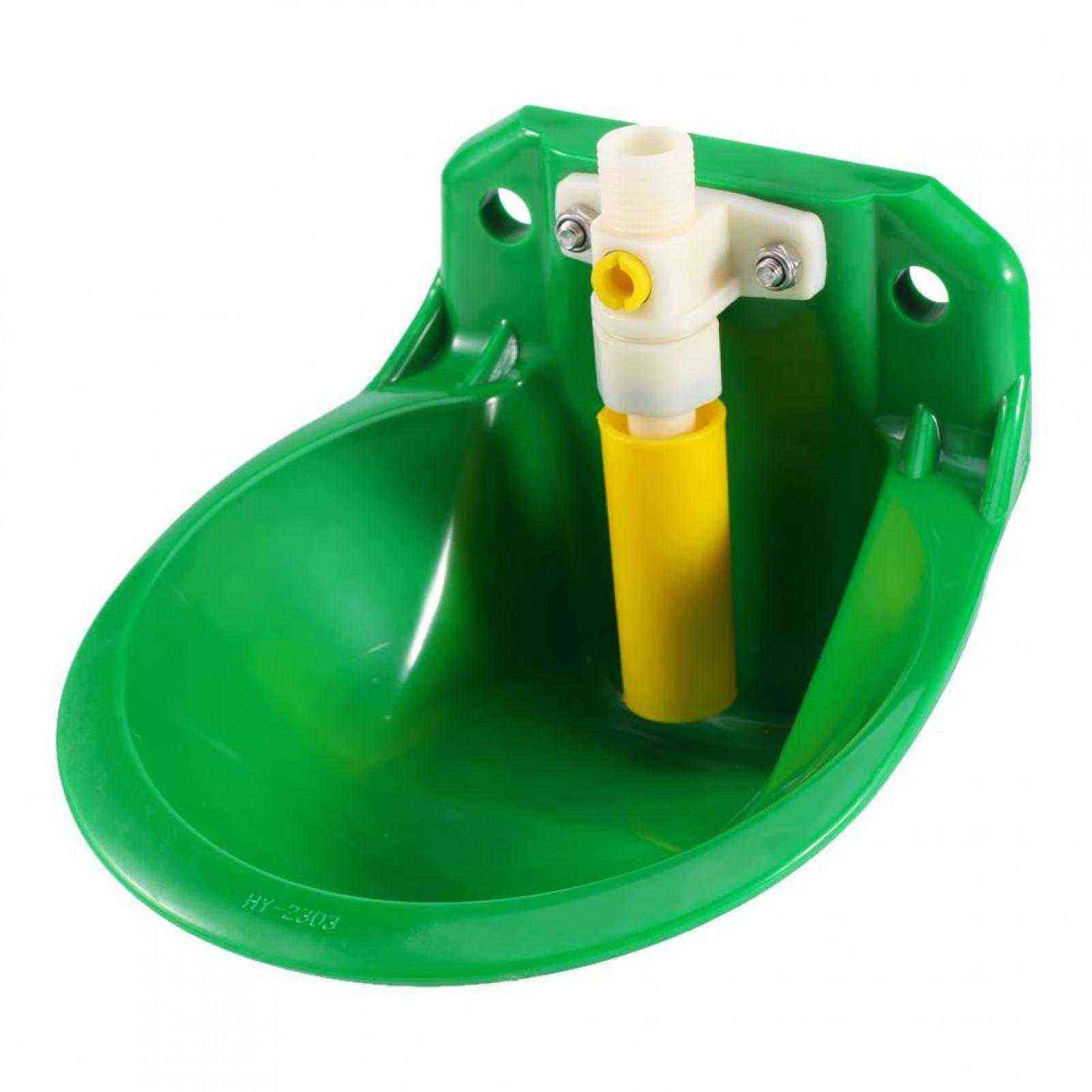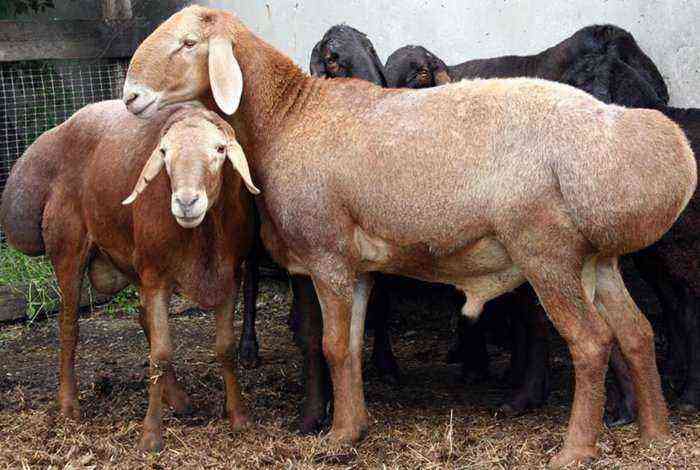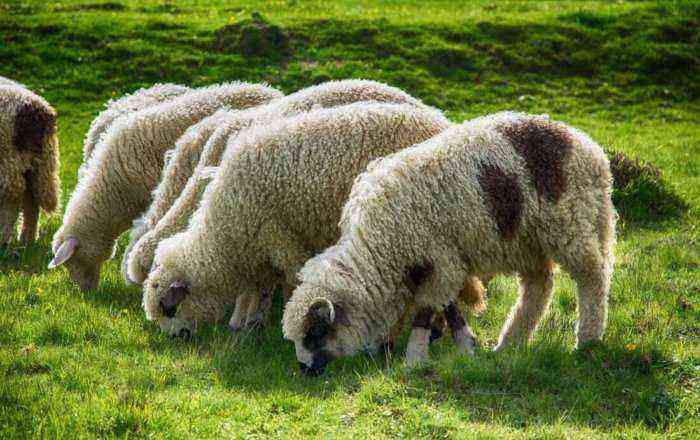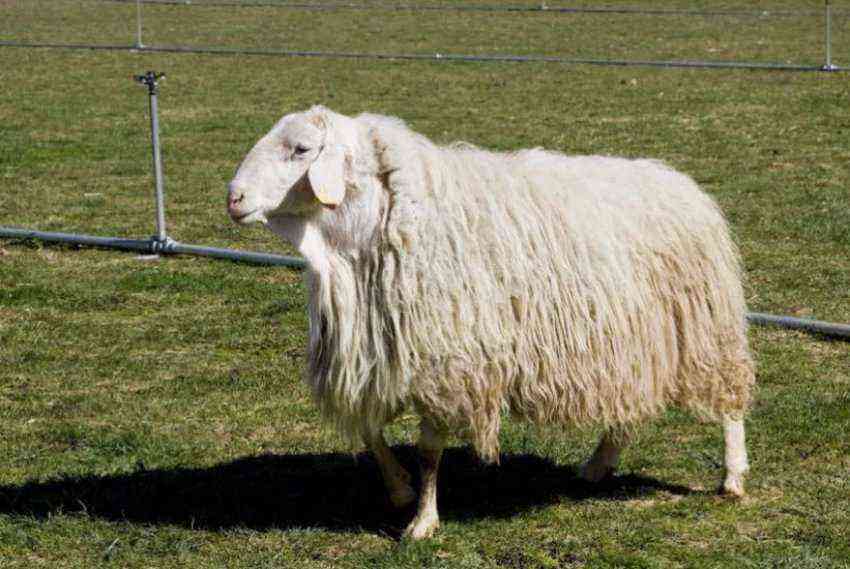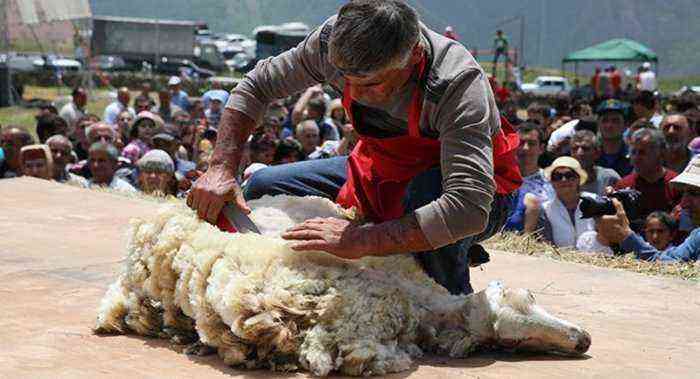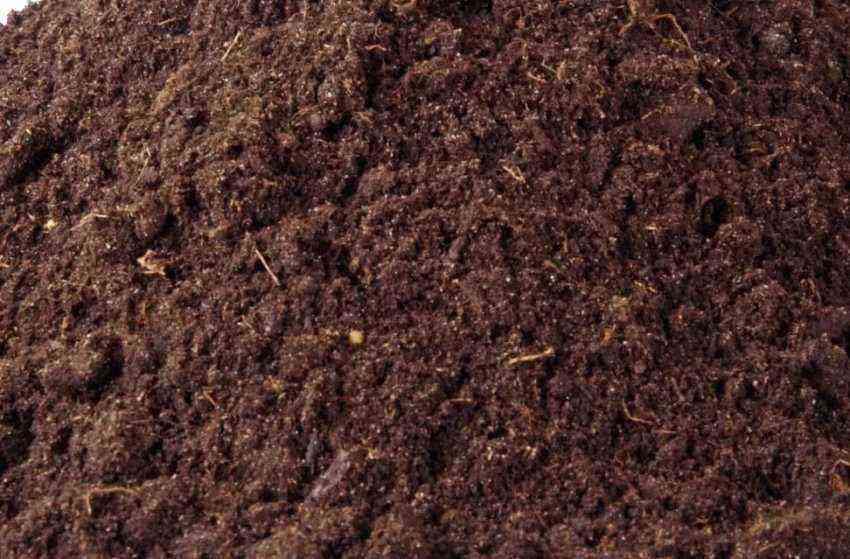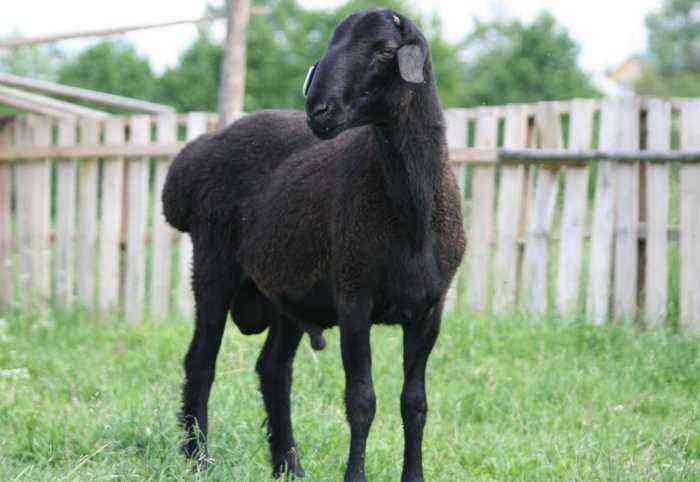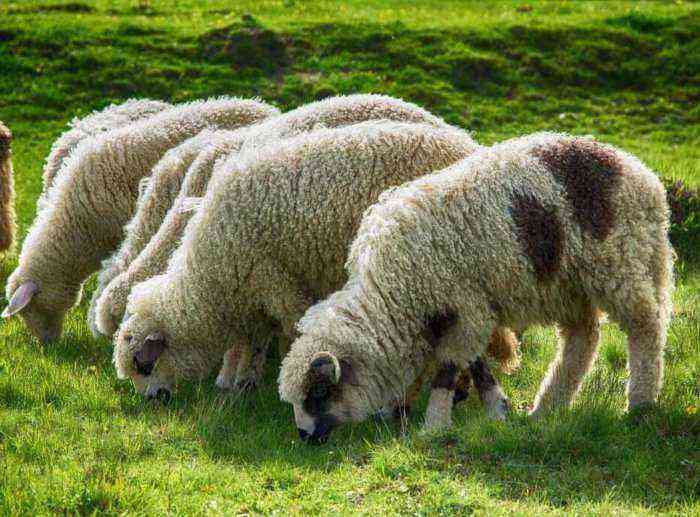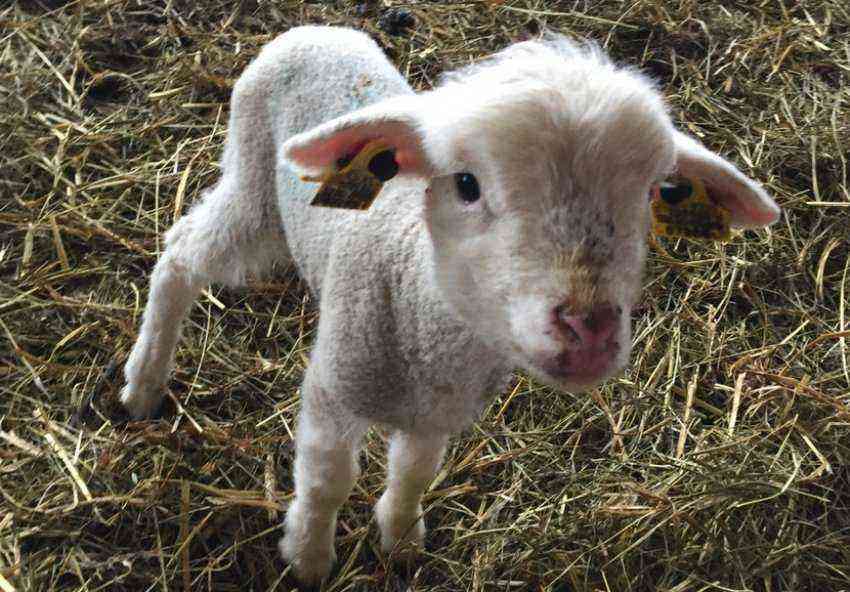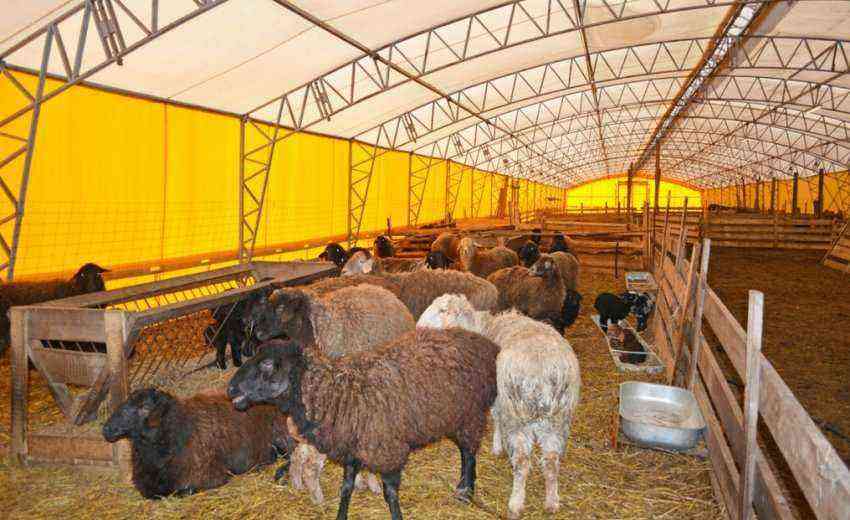The Suffolk sheep breed is of English origin. It is considered one of the most productive, thanks to which it has gained popularity among sheep breeders around the world. This article will tell about its occurrence, characteristics, advantages and disadvantages.
Suffolk sheep breed
History of the breed
For the first time, this breed of sheep is mentioned in documents dated 1797, but it was officially registered only in 1810. It took 76 years before a studbook for the Suffolk breed was established.
These highly productive sheep are bred in England by crossing horned Norfolks and Southdowns. Thanks to their ancestors, Suffolk sheep have inherited the following qualities:
- endurance and physical strength;
- the ability to adapt to difficult climatic conditions and not be afraid of temperature changes;
- powerful muscular physique;
- high quality wool.
Over the years, the breed has been improved, thanks to the careful selection of hereditary individuals. Today it is highly valued not only in Europe, but also on other continents. Russian sheep breeders are also showing interest in these animals.
Appearance
Suffolk sheep are large, hornless animals. They belong to the meat and wool direction in terms of productivity. These animals are distinguished by good health and violent physical strength. They are able to make long transitions and eat one pasture and at the same time build muscle mass.
The following external features are characteristic of the Suffolk sheep breed:
- rams are large, growth at the withers reaches 0,8 m, ewes are smaller – 74 cm;
- the weight of an adult male is 110-140 kg;
- ewes weigh 80-100 kg;
- the body is powerful, proportional;
- the tail is thin and short;
- limbs straight, sinewy;
- the line of the back is straight, the sacrum is wide;
- medium sized head;
- ears soft, drooping;
- the coat is semi-thin, well crimped, uniform.
These animals have 2 color options
Reference. These animals have 2 variants of coat color – golden and white on the body, while the short hair on the head and limbs is always black.
Meat productivity
Representatives of the breed we are discussing are distinguished by high precocity. Even eating only pasture, they quickly increase their weight. The muscle mass of these animals is well developed, and the skeleton is light, so the slaughter yield of meat in suffolks is close to the maximum and is 55-60%.
Lamb from English sheep is highly valued because:
- devoid of a specific smell;
- she is juicy and tender;
- the product is easily digested and completely absorbed in the body;
- has a high nutritional value.
Wool quality
The Suffolk breed is famous for its high quality wool. It is soft, thin (up to 33 microns), retains heat well and has breathable properties. The length of the fleece fibers is 7-10 cm. The wool is well balanced, it is classified as a crossbred type. Products made from it are worn for a long time. A white fleece is considered especially valuable, because it is easy to paint it in any shade.
Shear sheep and sheep twice a year. From each adult male, it is possible to remove from 3 to 5 kg of fleece, and from a female – 2-3 kg.
Attention! After washing, the net yield of wool is 50%.
Advantages of the breed
It is profitable to breed Suffolk sheep, as the breed has the following advantages:
Breeding suffolk sheep is profitable
- Unpretentiousness, the ability to keep on pasture and in the stall.
- Early maturity (daily weight gain of lambs reaches 400 grams).
- The fertility of females is 150-190%. Twins and triplets are born in lambing.
- High meat and wool productivity.
- Wool 64-70 quality class.
- Tasty meat.
- Ability to adapt to different climatic conditions.
- Resistance to diseases and parasitic infections.
English sheep have become favorites for sheep farmers around the world. They are used to improve the productive performance of other breeds. These animals deserve attention – if recommendations are given regarding the choice of breed for breeding, then the suffolk sheep will be the first on the list.

